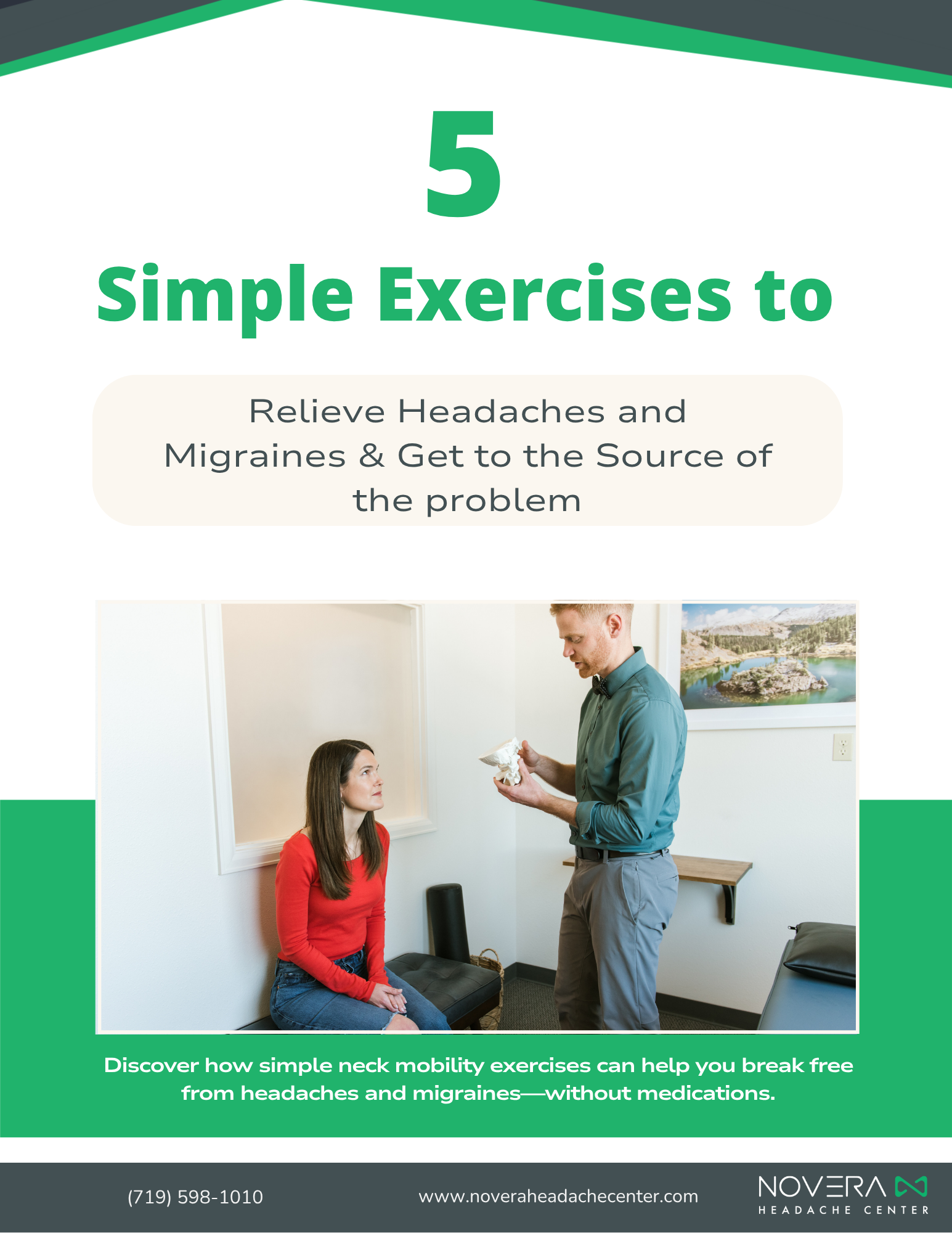
Migraines have distinct phases. It is helpful to be able to identify these separate phases so that you can track your migraines, hopefully prevent attacks, and avoid being caught with a migraine in unfortunate circumstances. It is also helpful to track which phase you are experiencing as your migraine progresses so that you can take preventive measures.
There are roughly four phases of a migraine:
1. Phase One: Prodrome
This phase can last anywhere from a few hours to a couple days. Symptoms can include:
– irritability
– depression
– fatigue
– food cravings
– sensitivity to light and sound
– muscle stiffness
– nausea
– frequent mood changes.
The best approach during this phase is to relax, stretch your body, sleep, and not overexert yourself, as doing
so could bring on a severe migraine.
2. Phase Two: Aura
This phase lasts around 5-60 minutes. Symptoms can include:
– visual disturbances (flashing lights)
– temporary loss of sight
– tingling or numbness throughout the body
This phase signals that a headache is coming on shortly. The best thing to do is isolate yourself in a dim-
lighted room, lay down, and drink water.
3. Phase Three: Headache
This phase can last anywhere from 4-72 hours. Symptoms can include:
– throbbing
– burning
– nausea/vomiting
– insomnia
– anxiety/depression
– pounding on temples
– neck and pain stiffness
It is best to take a break from day-time activities while you are experiencing a severe migraine. If necessary,
you may need to see a doctor or physical therapist to mitigate the pain.
4. Phase Four: Postdrome
This phase lasts around 24-48 hours, commonly known as a migraine hangover. It can often be as
painful as the migraine itself. Symptoms can include:
– inability to concentrate
– fatigue
– depressed mood
– lack of comprehension
– body aches
Keeping track of migraines and understanding your body’s response to each phase is a start to finding the
right treatment for your headaches.




